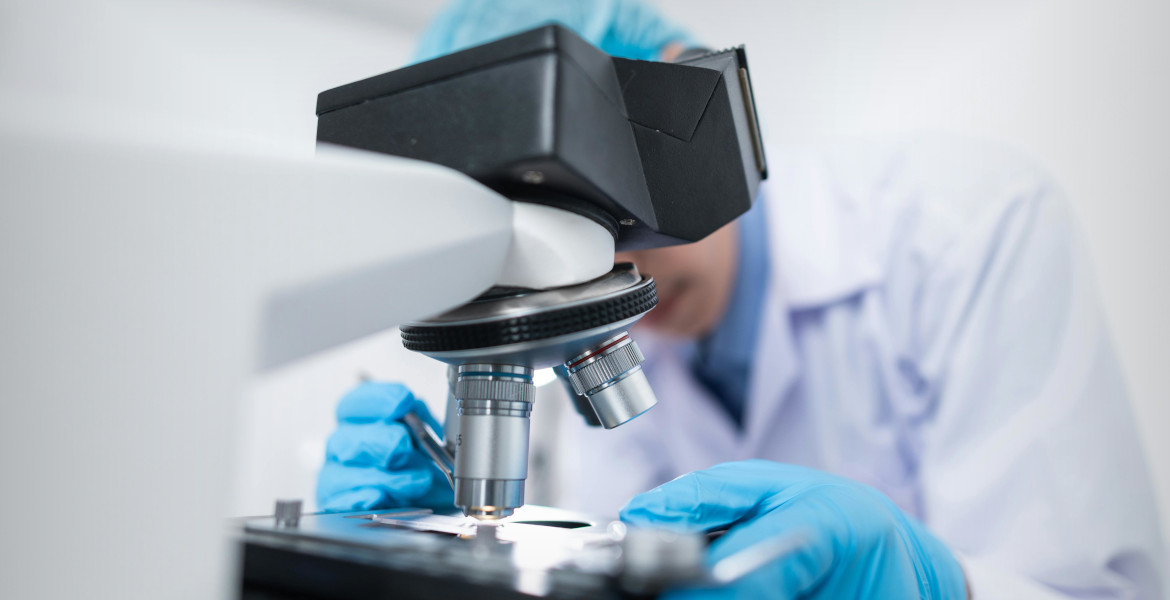Scientists at the Netherlands Institute for Radio Astronomy warn that Elon Musk's Starlink satellites are causing severe radio interference in Earth's orbit, hampering astronomers' observations of distant planets and stars. They are now calling for action to tackle the problem before it gets any worse.
Since 2012, the European Low-Frequency Array radio telescope network (LOFAR) has been probing faint and distant objects in the universe to detect black holes and look for exoplanets.
However, since SpaceX began launching its Starlink satellites five years ago, increased radio wave emissions have made it much more difficult for LOFAR to carry out its observations.
Jessica Dempsey is the Scientific Director and Director General of the Netherlands Institute for Radio Astronomy.
– Last year, we started to see interference signals in the sky, we managed to trace them to some of the Starlink satellites from the first generation that were orbiting above the Earth, she said in an interview with The Independent.
Astronomers are raising concerns about Elon Musk’s Starlink satellites. Researchers at the Netherlands Institute for Radio Astronomy say second-generation Starlink V2 satellites produce 32 times more radio interference than previous models. #Starlink #SpaceX #Astronomy #UEMR pic.twitter.com/fp8ZLznhQV
— WNO (@WNO_Headlines) September 23, 2024
6 000 satellites
SpaceX currently has a string of over 6 000 satellites in orbit, enabling high-speed internet access to almost anywhere on Earth. The satellites have been inadvertently emitting electromagnetic radiation, which the LOFAR astronomers initially thought was due to faulty batteries.
Dempsey says that last year they discussed solutions with SpaceX engineers to reduce the radiation and were optimistic that the problem could be solved.
But when the astronomers conducted new observations in July, they discovered that SpaceX's updated Starlink V2 Mini satellites were causing even more interference. The company has also launched more satellites since then.
– Starlink [was] emitting over 30 times more emissions, and now not just a few, all of [the satellites]. Frankly, we were shocked.
– The brightness in this particular frequency band of these new satellites, compared to what we’re looking at [is] about 10 million times brighter. The equivalent would be you’re trying to look at that beautiful, faintest star you can see with your eye on a dark night. And then, the full moon rises next to it, says Dempsey.

The problem is increasing
The most worrying thing, according to Dempsey, is that the problem just keeps growing. Despite previous talks with SpaceX to reduce interference, their updated Starlink satellites have created even more radio interference.
The company is currently launching around 40 new satellites a week, and with plans to have 100,000 satellites in orbit in the future, scientists fear that ground-based astronomy will eventually become impossible.
– They’re launching 40 of these ‘full moons’ every week. Right now, there’s about 6,000 Starlink satellites up there but there’s an intended 100,000 [total future satellites]. So imagine 100,000 full moons up there. Then we can really say goodbye to any kind of astronomy that we would hope to do from the ground.
Dempsey and her colleagues recently published results in the journal Astronomy & Astrophysics showing that almost all the Starlink satellites they observed emitted electromagnetic radiation that could interfere with the observations.
– The UN has regulations on the protected bands of frequencies. And, those protected bands are there so that astronomy can do its work. It’s a matter of whether those regulations are supported by anyone who has the power to do so.




